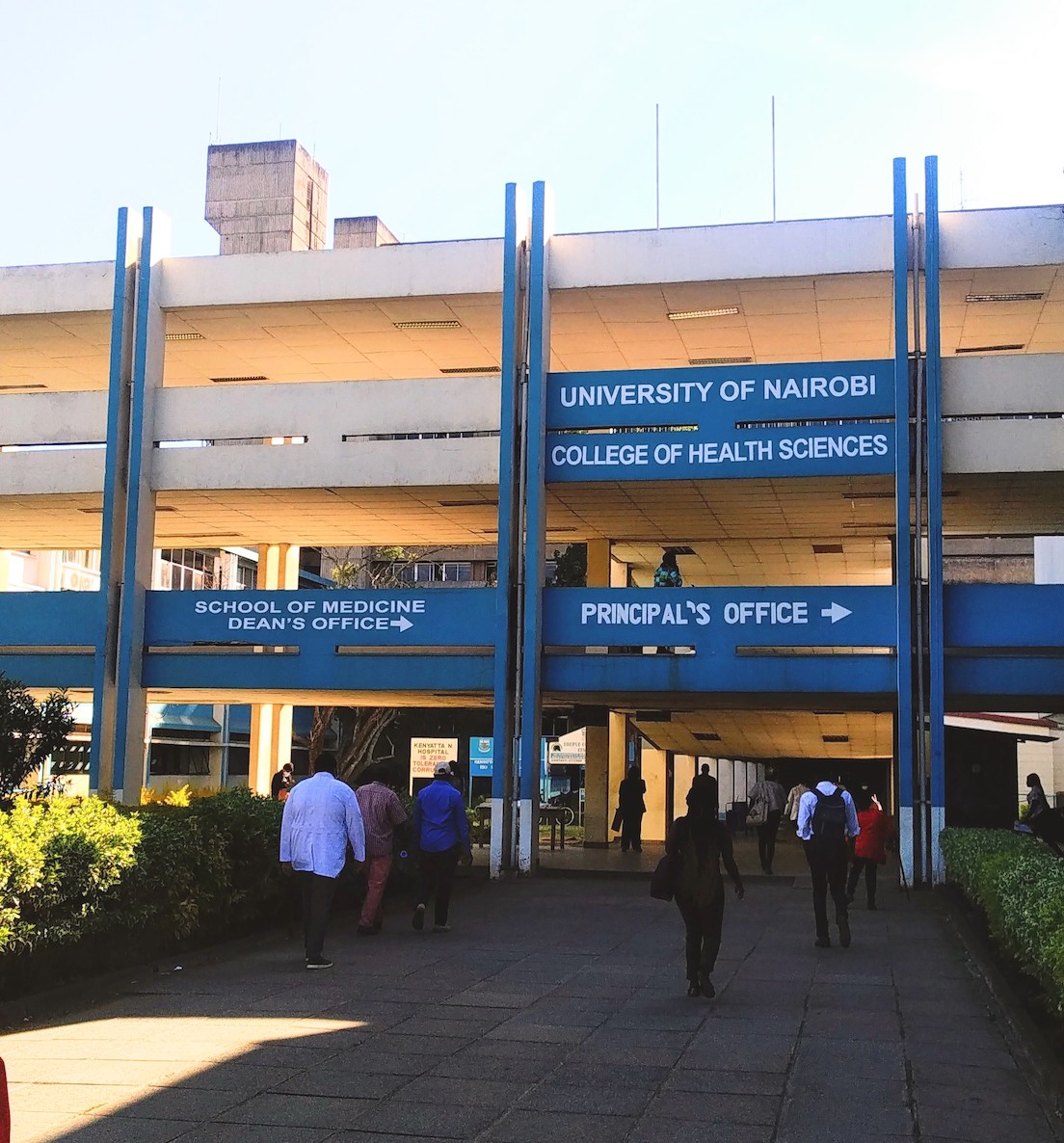
Theo, the psychiatrist my new friend, promised to take me to Kenyatta hospital for a tour. It is the biggest national and university hospital in Kenya. He is not on duty there, but he had a few errands to run. One of them was to see the MRI scans of a patient he saw two days ago. The patient was referred to him because of a speech disorder and walking difficulty. Theo noticed also some rigidity in his right arm, and therefore he sent him for an MRI. We met the daughter and Theo showed me the printed scans that showed clearly bilateral Subdural hematoma, a medical emergency. We took the scans to the radiologists and asked the daughter to bring the patient for further procedures.
Theo then took me to the neurology ward to see if I can join the morning round, but it was over already. They said I can join them tomorrow 8:30. I borrowed a lab coat from Theo, and we separated to meet tomorrow for dinner.
The rest of that day was relaxed. I went for the COVID-PCR test, which surprisingly came out negative, I spent a couple of hours wandering around the city and in the hotel gym.
The following day, I showed up on the ward at 8:30. I found the residents diving in the patients’ files, and I asked if I could join the rounds. I joined the “handover” where the night shift doctor was discussing the patients that were admitted to the ward at night with the ones on duty during the day. The first surprise for me was that the night shift was carried out by an intern alone! The intern looked at me with some sorrow in her eye and said, “I am just an intern”. Theo told me, later, that he had to perform multiple cesarean sections in one night as an intern in some rural hospitals. I listened to the handover. Thorough and competent. My impression, in general, was that the colleagues there were competent and well-educated.
After checking all the new patients and organizing the transfer to proper departments, we went to see the neurological patients. A wide scope of diseases, that I was surprised it could be diagnosed here given the scarce resources. Especially for my medical readers: half of the ward was occupied by HIV-positive patients that had cryptococcal meningitis or toxoplasmosis due to their immunosuppression. Some Strokes, some bleedings, a GBS, a PML with HIV. Tough cases. A few of the cases have refused further medical diagnostics and treatment because they can not afford them. We passed by a patient while having a generalized epileptic seizure. Unfortunately, the hospital does not have an EEG. They have to send the patients to another hospital for EEGs. There is one MRI in the hospital and is obviously completely booked. These conditions make it hard for doctors to do their job and also to advance their knowledge. Sometimes they would wish to know how the MRI of this or that patient looks like, but they can’t because the patient can’t afford it.
Needless to mention, the conditions of the hospital. I promised Theo that I won’t take pictures. However, what can I say? very sick patients beside each other, each bed has a plastic washtub underneath, that the patients use as a toilet. You can imagine the smell of the ward. I refer you to one link that has a photo of a ward here.
After discussing the cases, I thanked my colleagues and wished them all the best. In this place of hope and frustration, holding the post and doing this job is something I respected. I was also thankful for where I work in Switzerland. I think I will approach my daily routine differently when I go back to my daily life.
I left the hospital for my next adventure that day; to which I will dedicate the next post.

